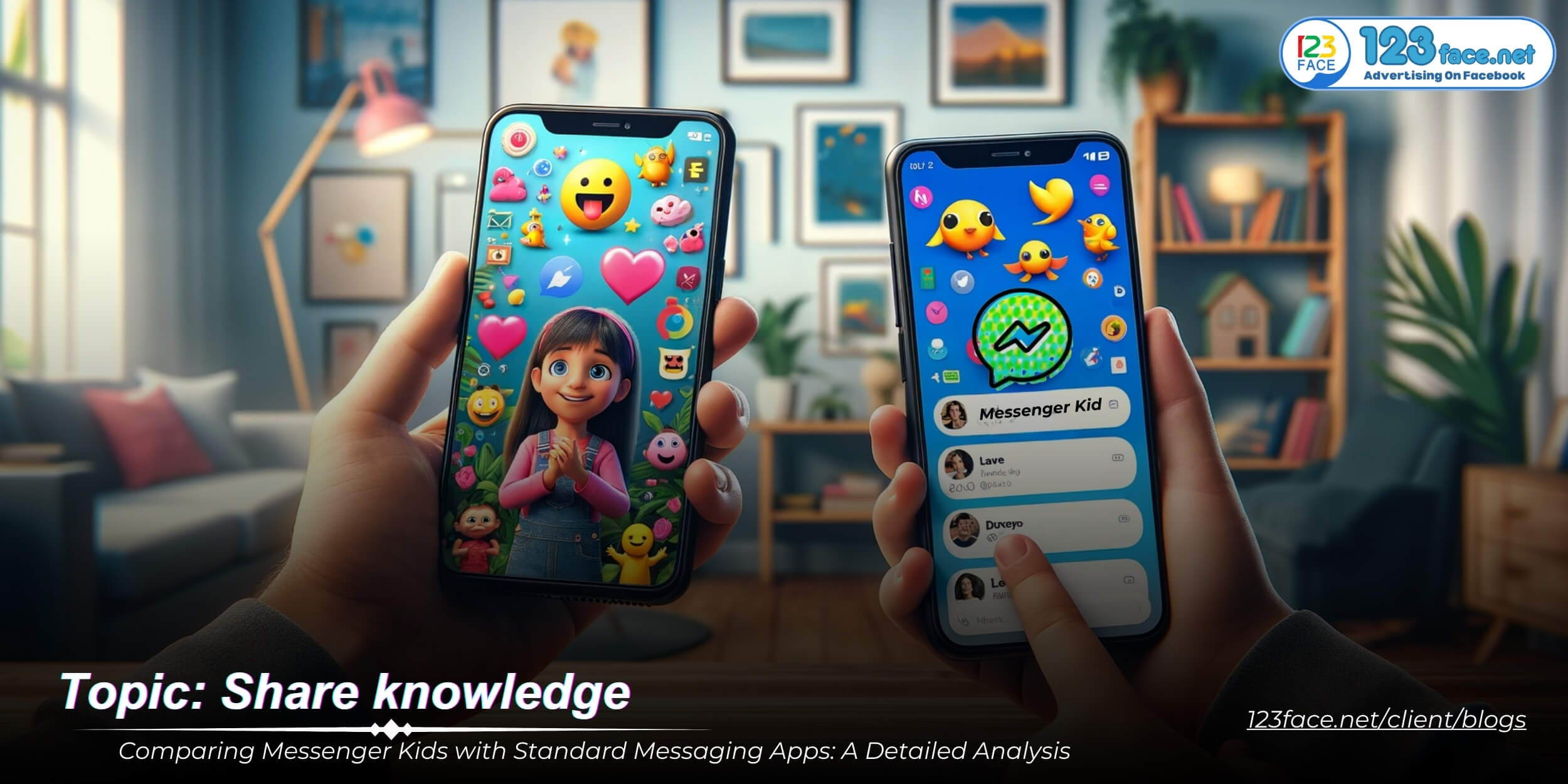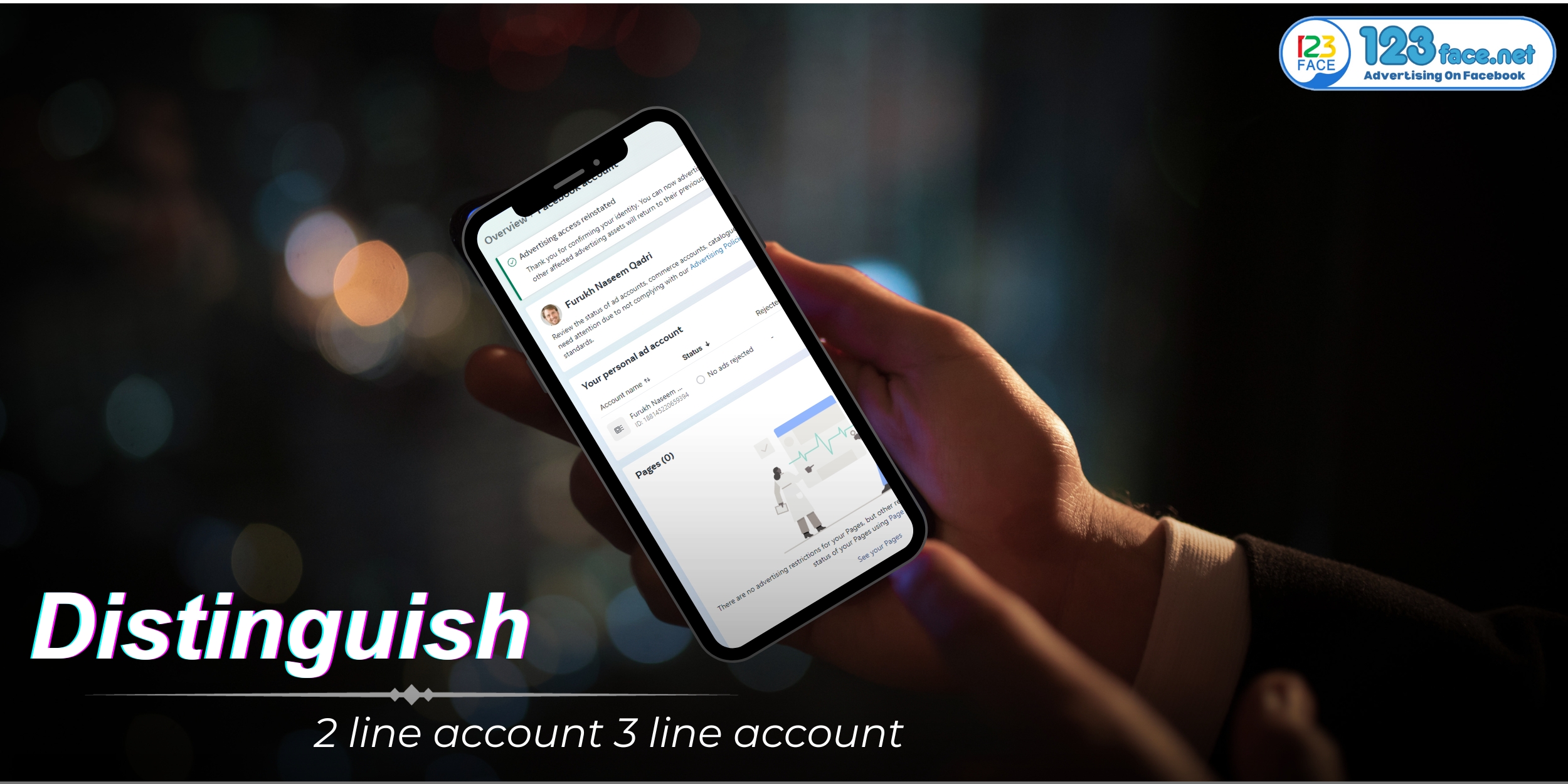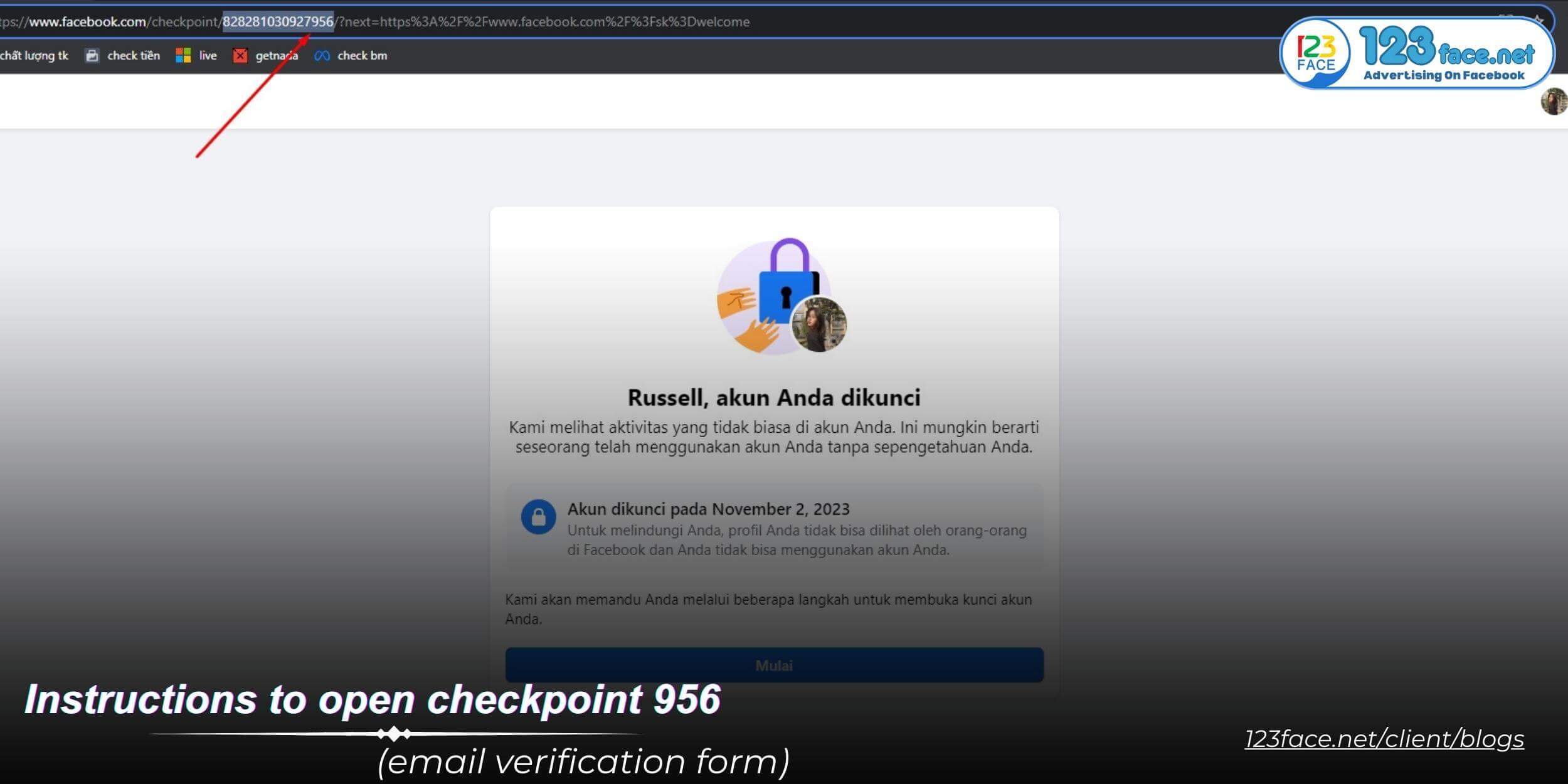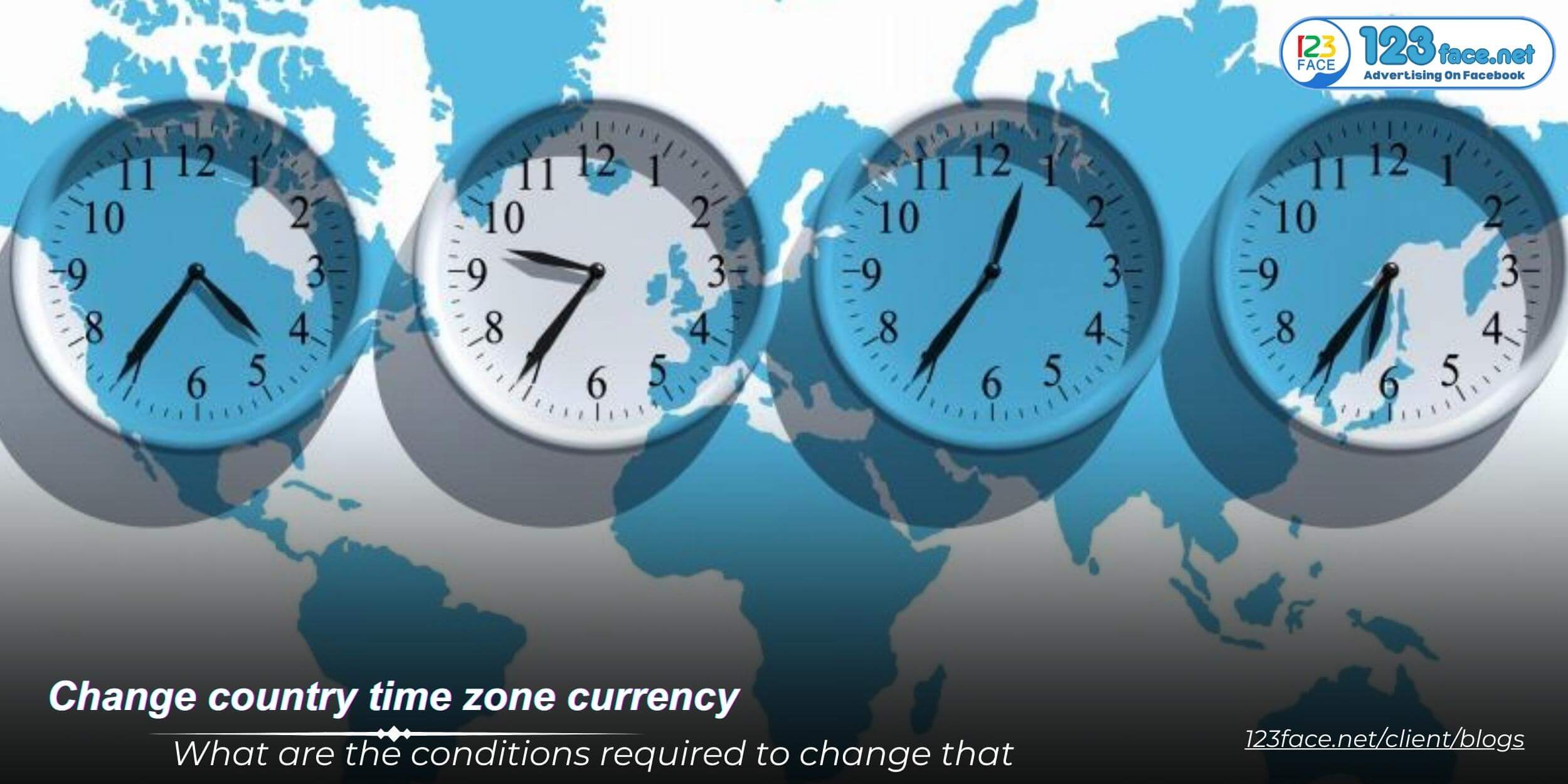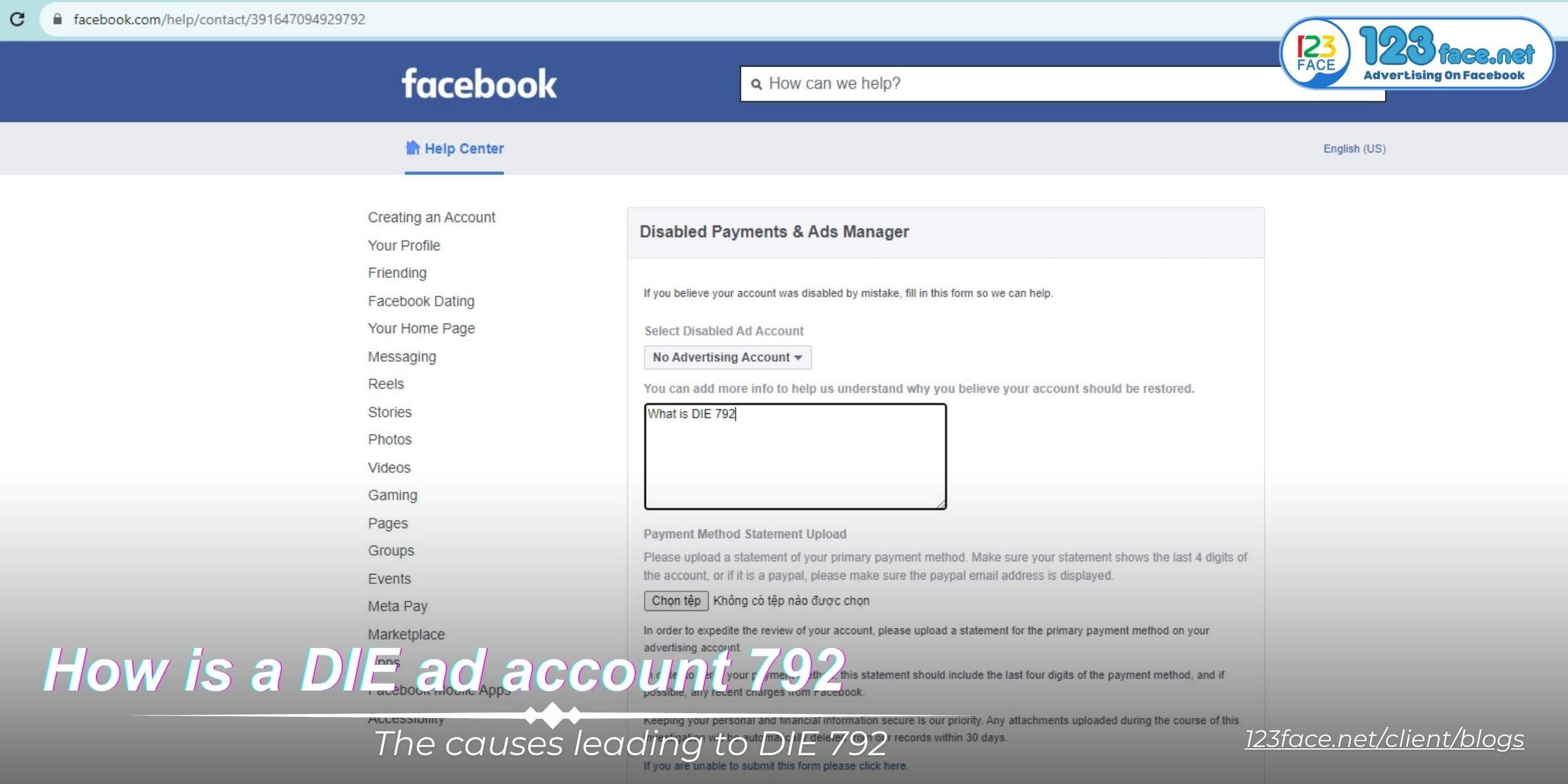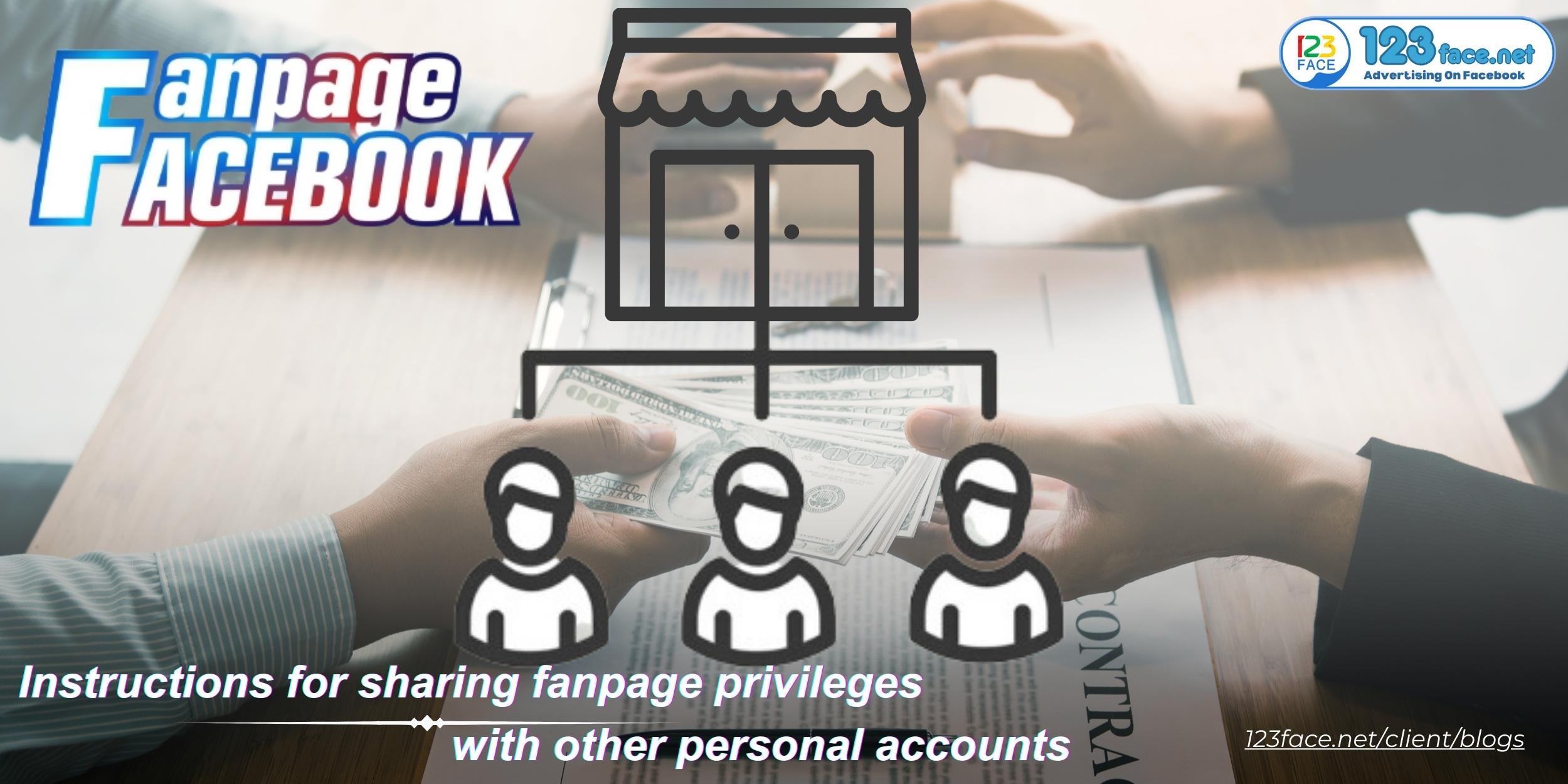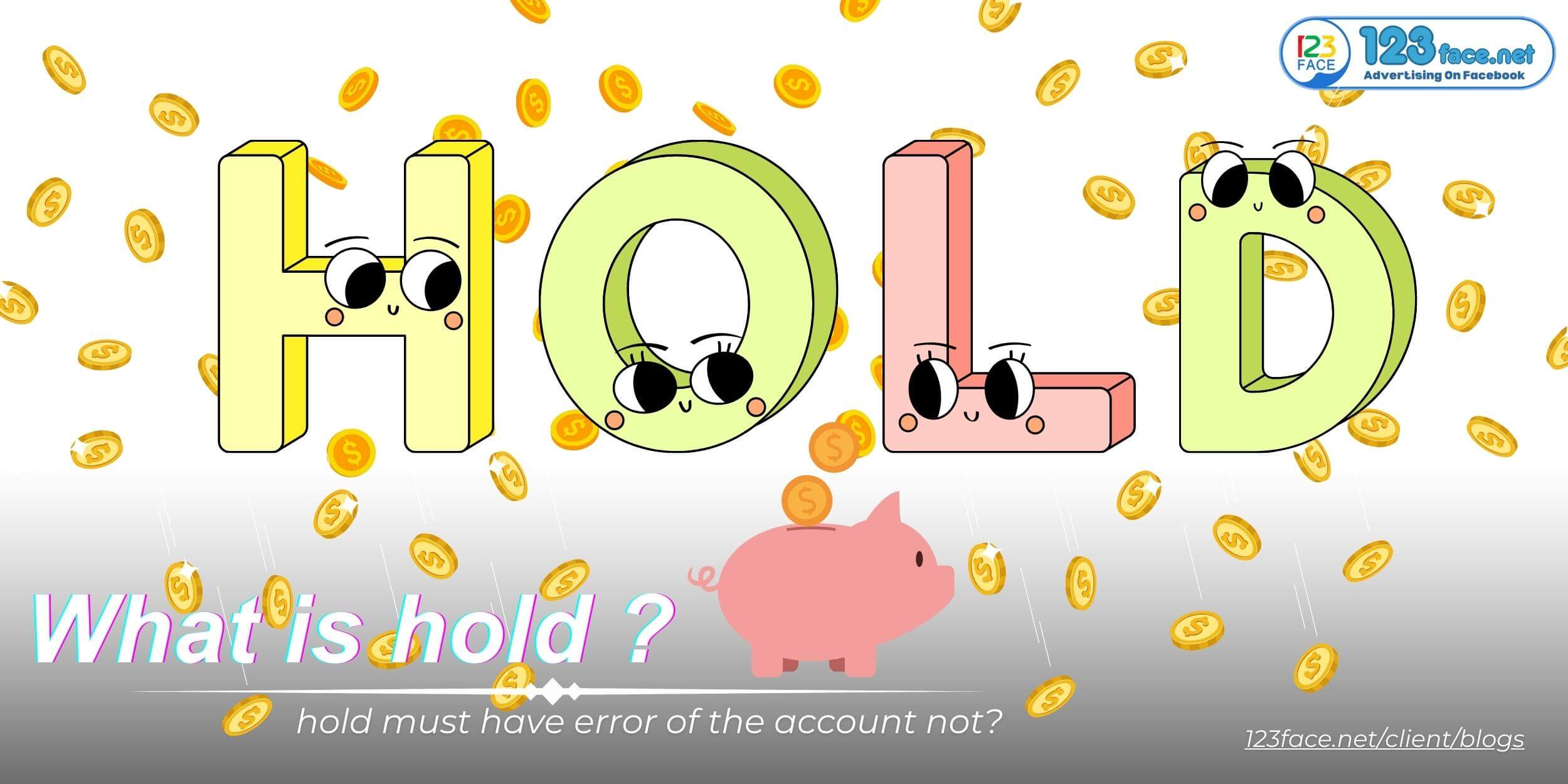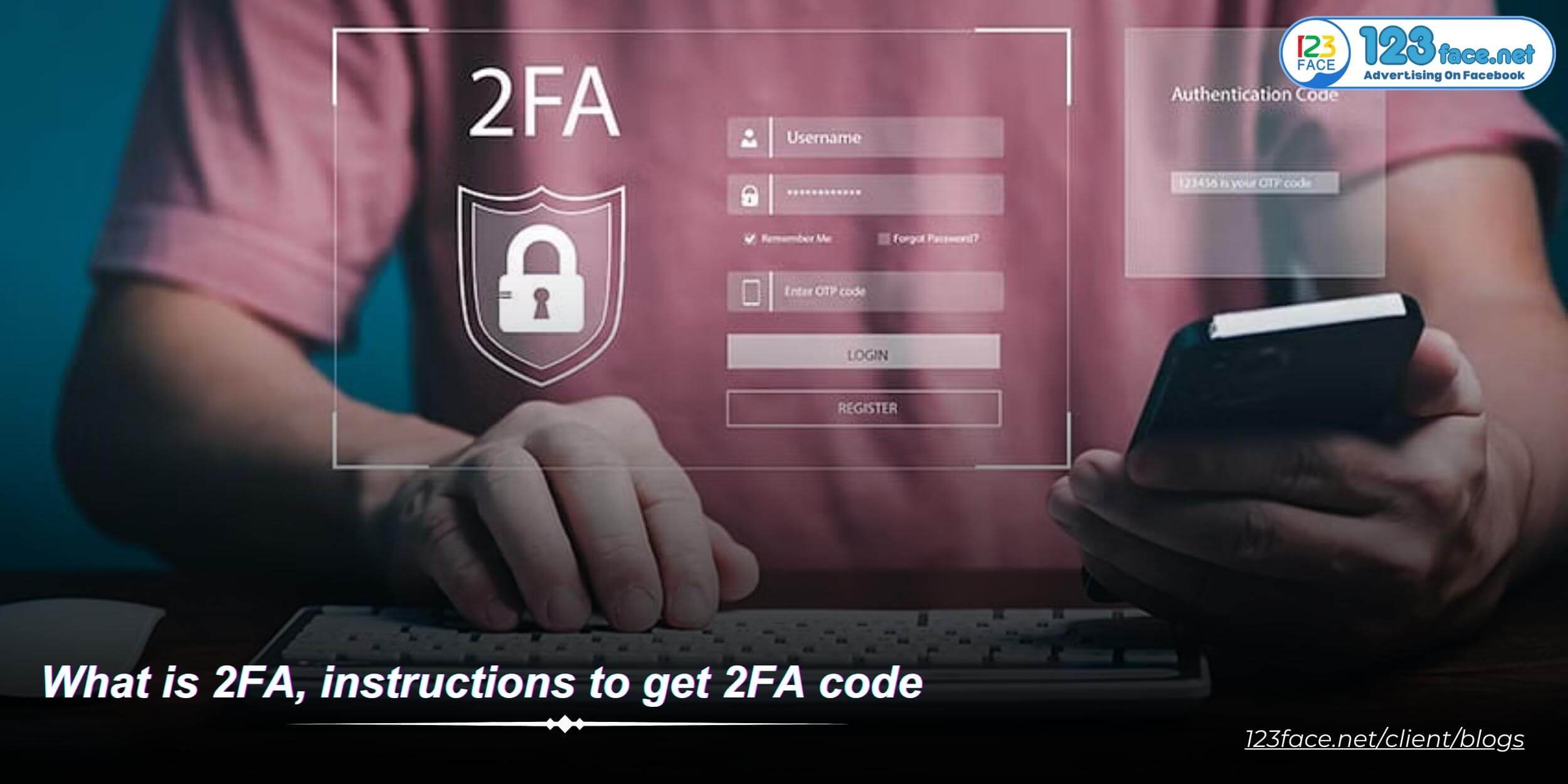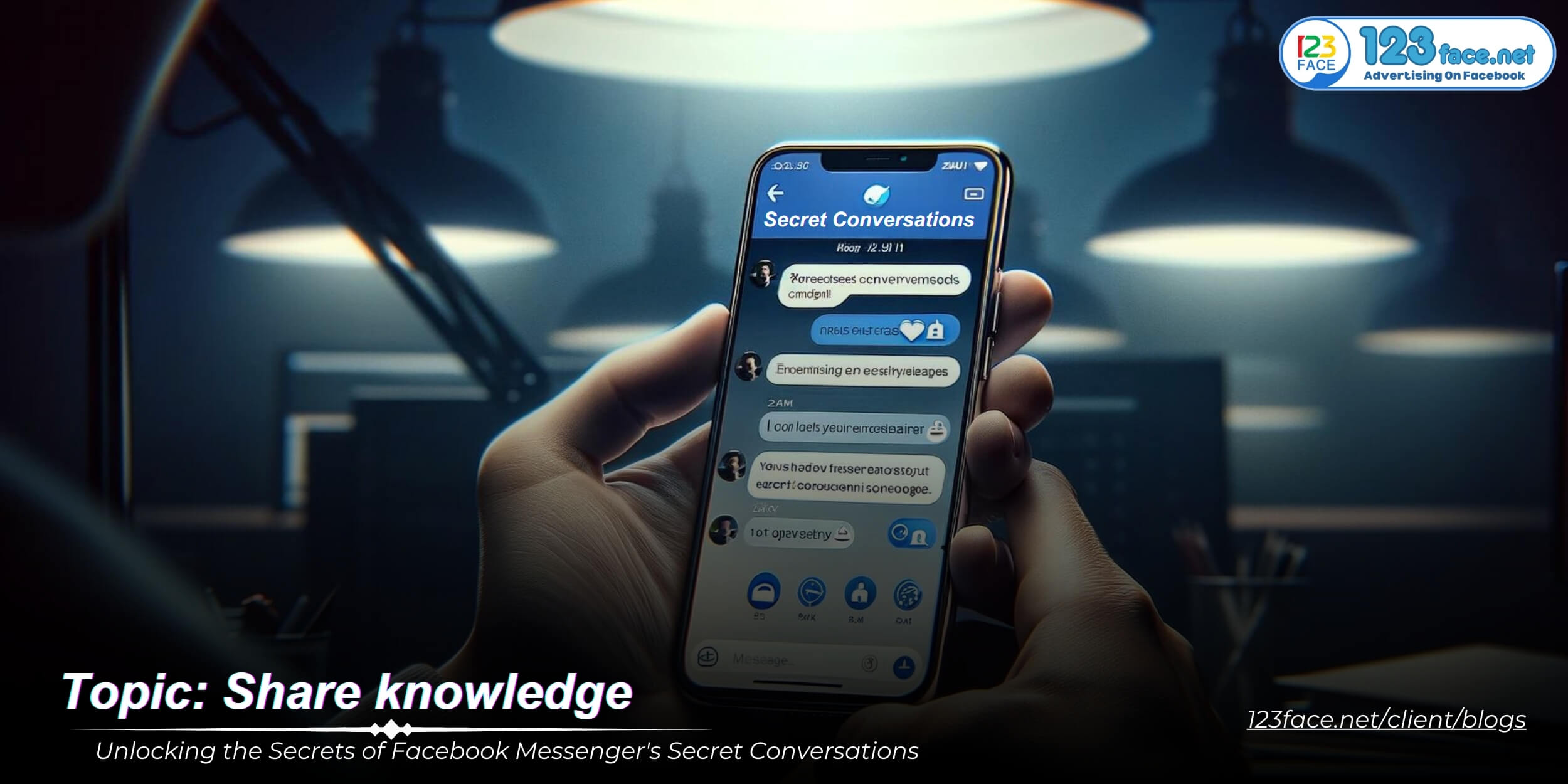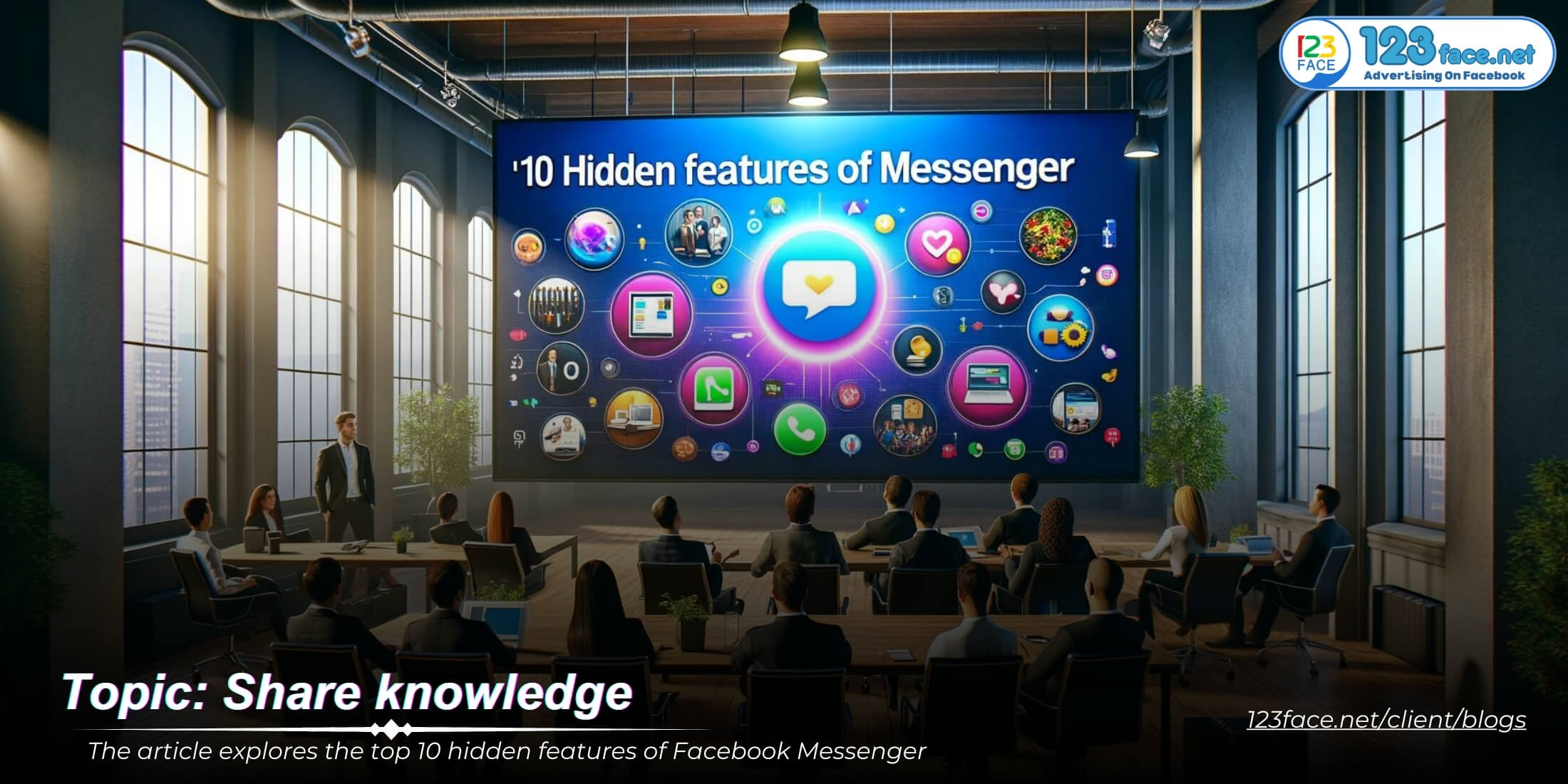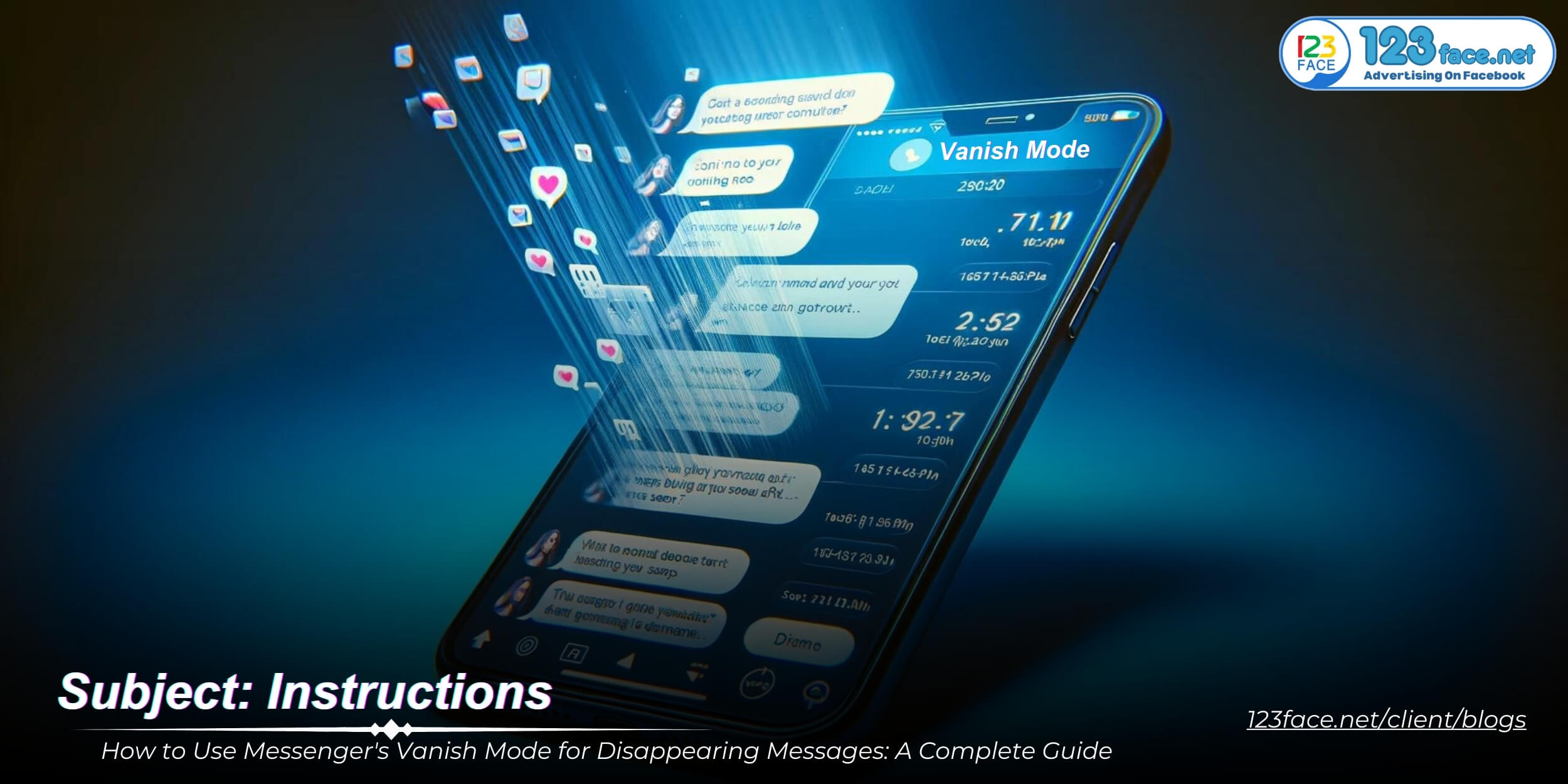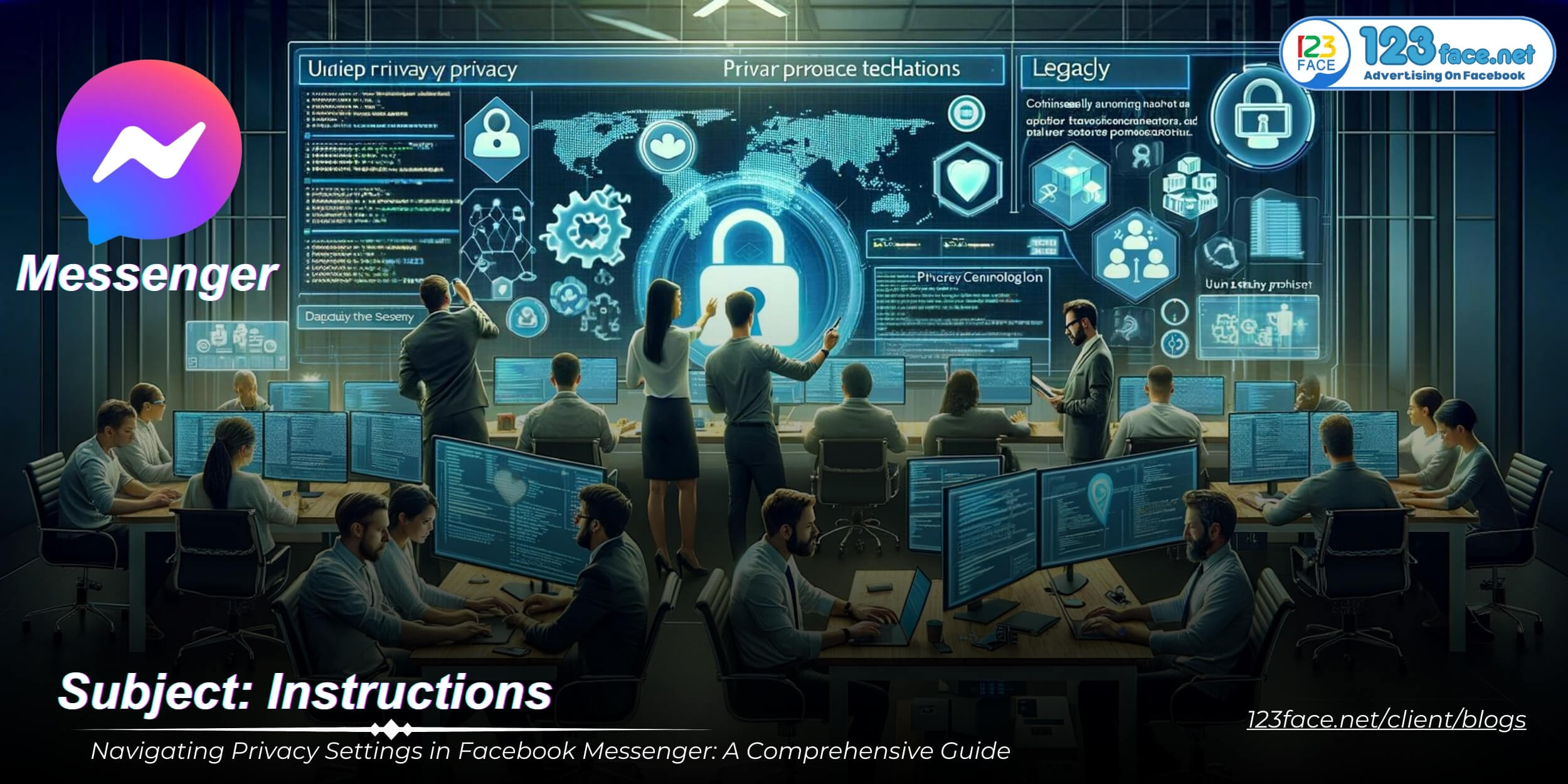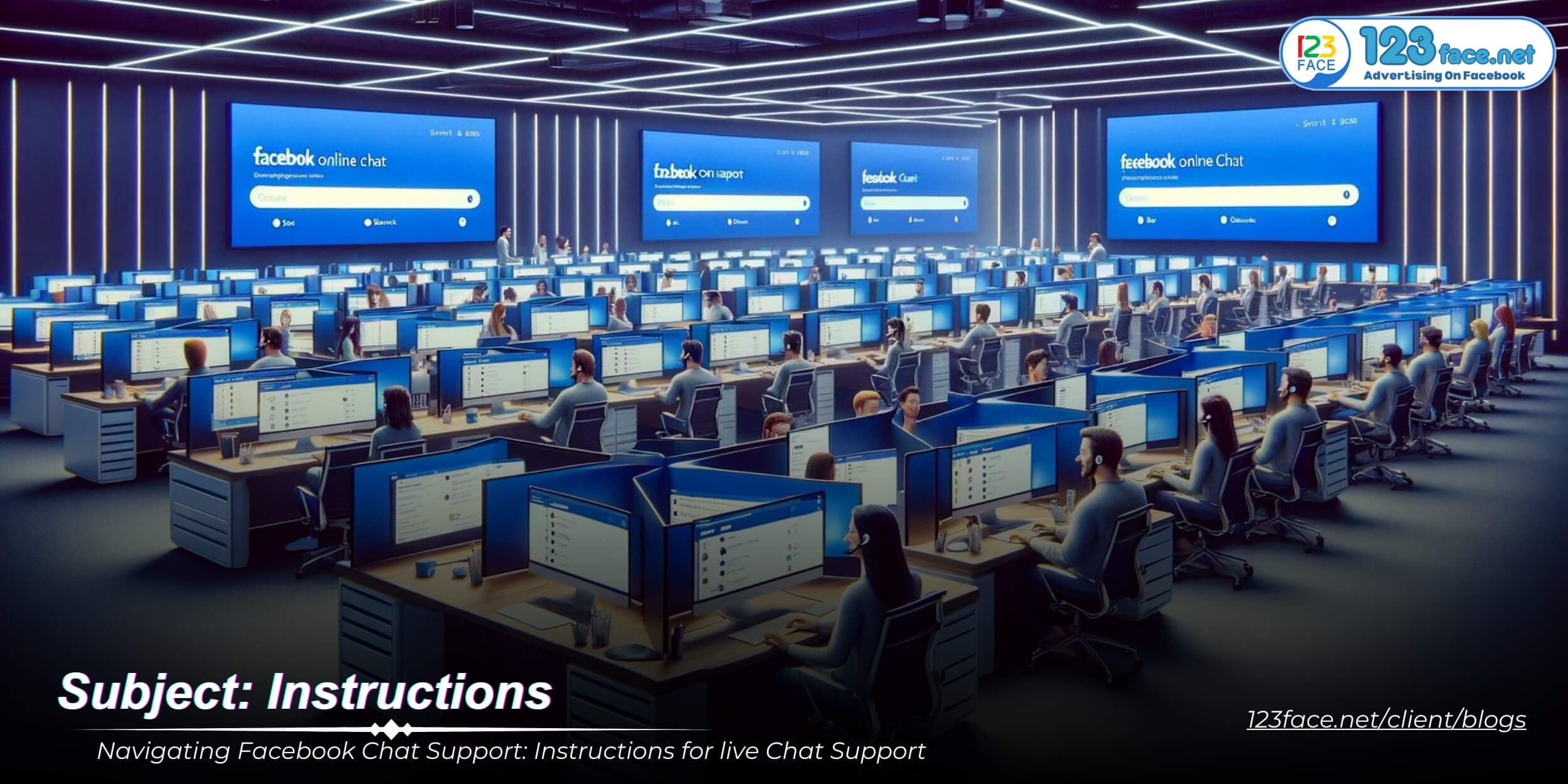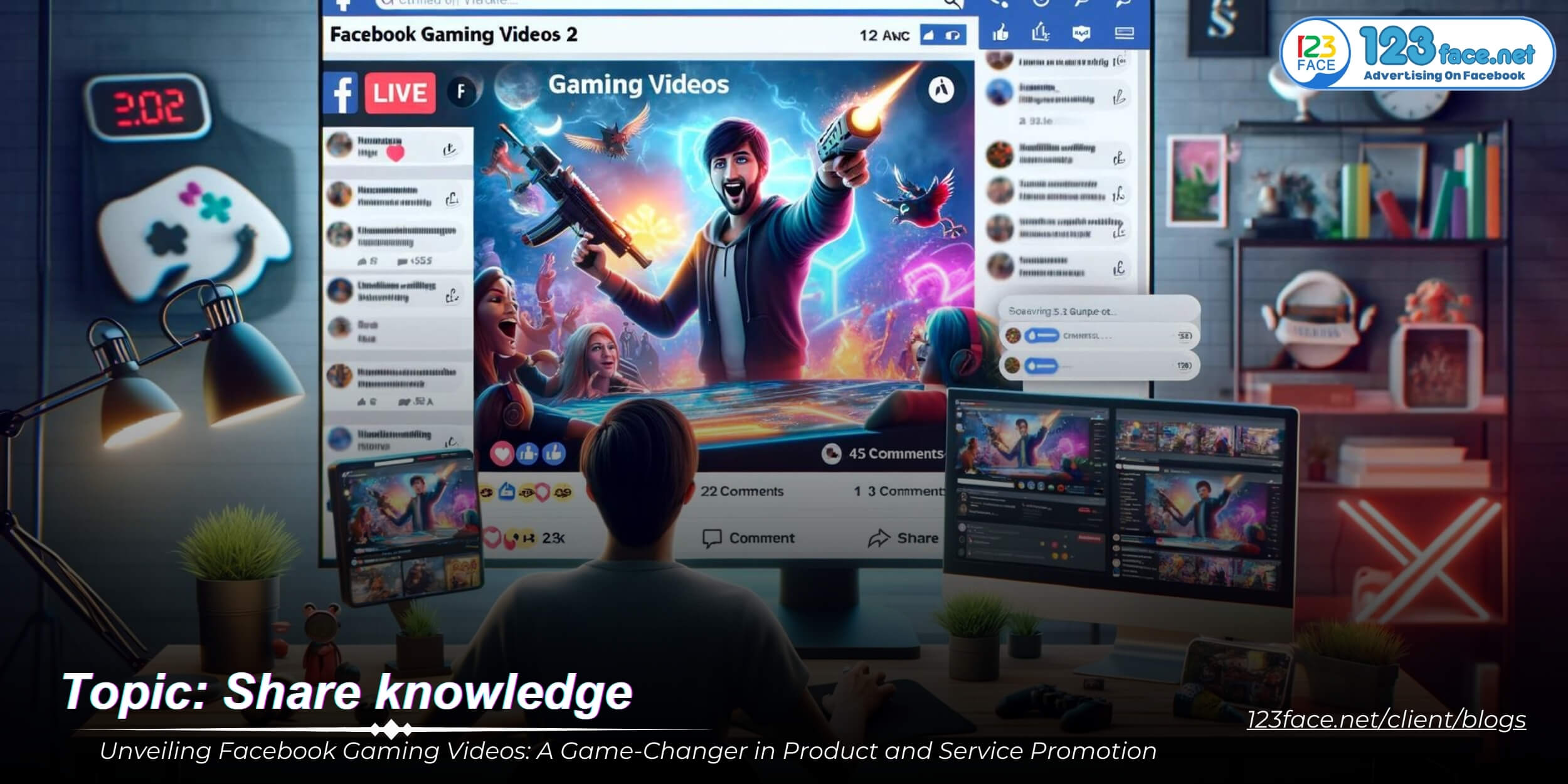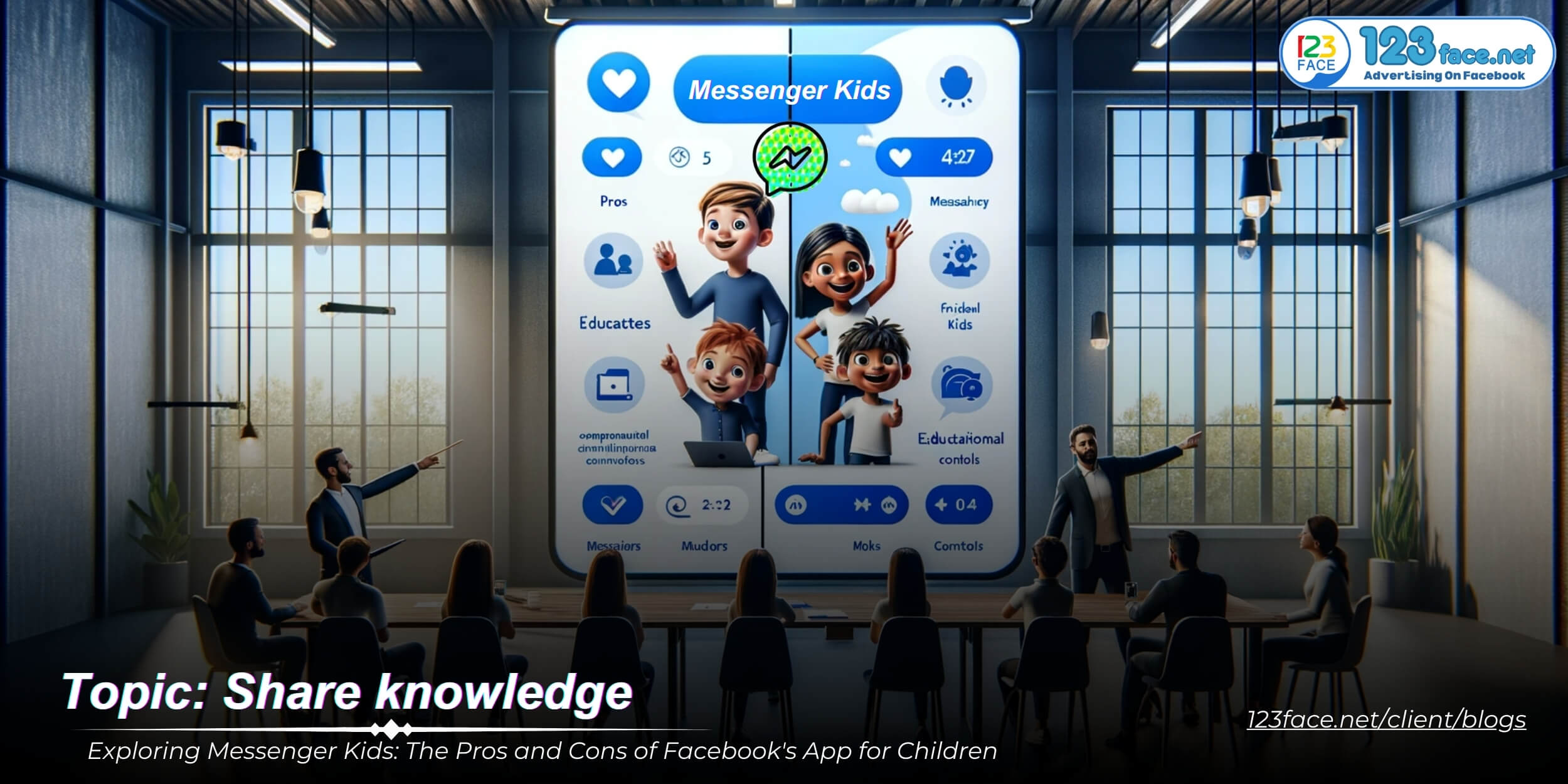Comparing Messenger Kids with Standard Messaging Apps: A Detailed Analysis
Writing date: 2024-01-22 15:19:45
In the realm of digital media, parents often face the challenge of choosing the right messaging platform for their children. Messenger Kids, designed by Facebook specifically for children, and standard messaging apps serve distinct purposes. This article optimized by website123face provides a comprehensive comparison between Messenger Kids and conventional messaging apps, focusing on features, safety protocols, user experience and suitability for children . This comparison is intended to guide parents in making informed decisions about which platform best suits their child's communication needs.
Key Features of Messenger Kids vs. Standard Messaging Apps

1, Child-Friendly Features in Messenger Kids
Messenger Kids, designed specifically for children, includes several unique features tailored to create a fun, engaging, and safe messaging experience:
-
Playful Stickers and Filters: The app is equipped with a variety of child-friendly stickers, filters, and drawing tools. These features make the interaction more playful and appealing to young users, encouraging creativity and self-expression.
-
Educational Games: Messenger Kids incorporates interactive and educational games that children can play with their contacts. These games not only entertain but also offer a learning experience, catering to the developmental needs of children.
-
Parental Controls: One of the key features of Messenger Kids is the extensive parental control options. Parents can manage their child's contact list, monitor message threads, and set usage limits, ensuring a safe online environment.
-
Kid-Friendly Interface: The app features a colorful and intuitive interface that is easy for children to navigate. This design consideration makes it more accessible and user-friendly for younger users.
-
No In-App Purchases or Ads: Unlike many standard messaging apps, Messenger Kids is free from in-app purchases and advertisements, ensuring a child-friendly experience without any unexpected costs or exposure to potentially inappropriate content.
2, Features of Standard Messaging Apps
Standard messaging apps, catering to a general audience, typically include the following features:
-
Text Messaging: The primary feature of most messaging apps is the ability to send and receive text messages. This includes group chat capabilities, allowing for broader communication with multiple contacts.
-
File Sharing: Users can share various types of files, such as photos, videos, documents, and links. This feature facilitates easy sharing of information and media.
-
Video Calls: Video calling is a standard feature, enabling real-time face-to-face communication. This includes both one-on-one and group video calls.
-
End-to-End Encryption: Many messaging apps offer end-to-end encryption for privacy and security, ensuring that only the communicating users can read the messages.
-
Customization Options: Standard apps often provide various customization options, such as theme changes, notification settings, and profile personalization, to enhance the user experience.
In summary, while standard messaging apps offer a broad range of features for general communication, Messenger Kids is specifically designed with the safety, entertainment, and developmental needs of children in mind. Its child-friendly interface, playful elements, and strict parental controls make it a distinctive choice for younger users.
Safety and Privacy: Messenger Kids vs. Standard Messaging Apps
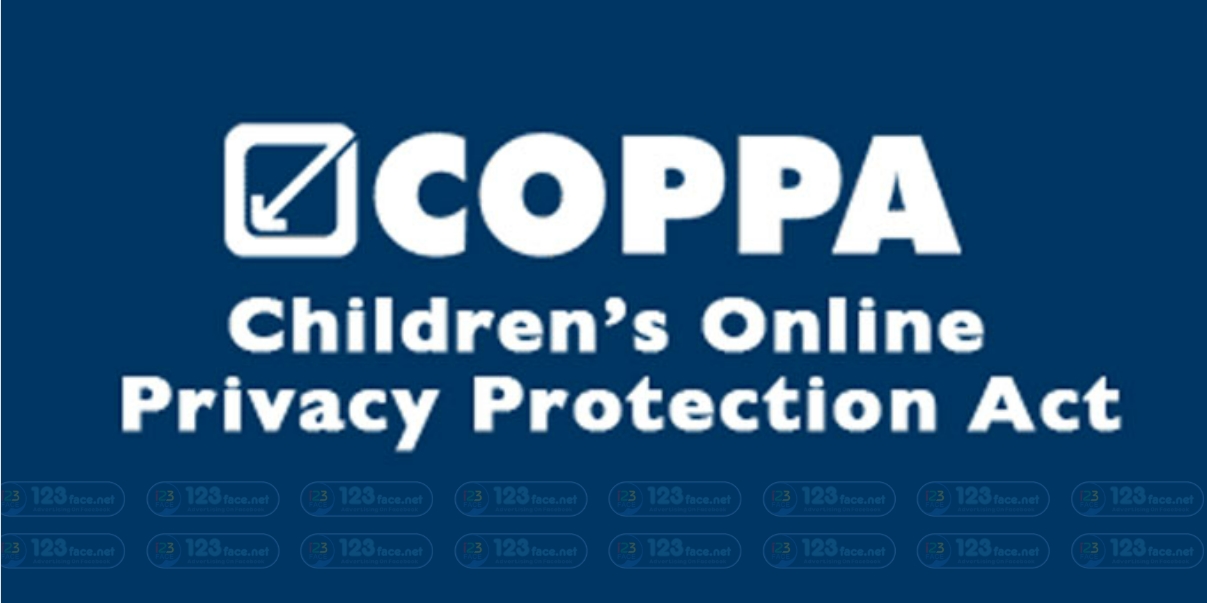
1, Enhanced Safety Measures in Messenger Kids
Messenger Kids is designed with several enhanced safety measures specifically tailored for children’s online safety:
-
Parental Control Options: Parents have comprehensive control over their child's account. This includes managing the contact list, monitoring the frequency and type of communication, and having the ability to review recent contacts and reported or blocked contacts.
-
Contact Approval: Every contact on Messenger Kids must be approved by the parent. This ensures that children can only communicate with individuals their parents have deemed safe.
-
Content Monitoring: While the app does not provide parents with the ability to view the content of messages for privacy reasons, it does offer tools to report inappropriate content. Parents are notified of any reports made by their child.
-
No In-App Purchases or Ads: Messenger Kids is free from in-app purchases and advertisements, minimizing the risk of exposure to inappropriate content and ensuring a more controlled environment.
-
COPPA Compliance: The app complies with the Children’s Online Privacy Protection Act (COPPA), emphasizing the protection of children’s personal information.
2, Privacy and Security in Standard Messaging Apps*
Standard messaging apps, geared towards a general audience, typically include the following privacy and security features:
-
End-to-End Encryption: Many messaging apps employ end-to-end encryption, ensuring that messages can only be read by the sender and receiver, not even by the app's servers.
-
User Authentication: Features like two-factor authentication provide an added layer of security. This helps in protecting accounts from unauthorized access.
-
Privacy Settings: Users have the ability to adjust privacy settings, such as who can see their online status, profile photo, or last seen status. This allows users to control their visibility and information sharing on the app.
-
Message Self-Destruction: Some apps offer features like messages that disappear after being read or after a set period, adding an extra layer of privacy for sensitive communications.
-
Blocking and Reporting: Users can block other users and report spam or inappropriate content, helping to maintain a safe and respectful online environment.
In comparison, while standard messaging apps focus on general user privacy and security, Messenger Kids prioritizes child-specific safety measures. This includes more direct and comprehensive parental control, tailored to create a safe online space for children to communicate.
User Experience for Children and Teenagers
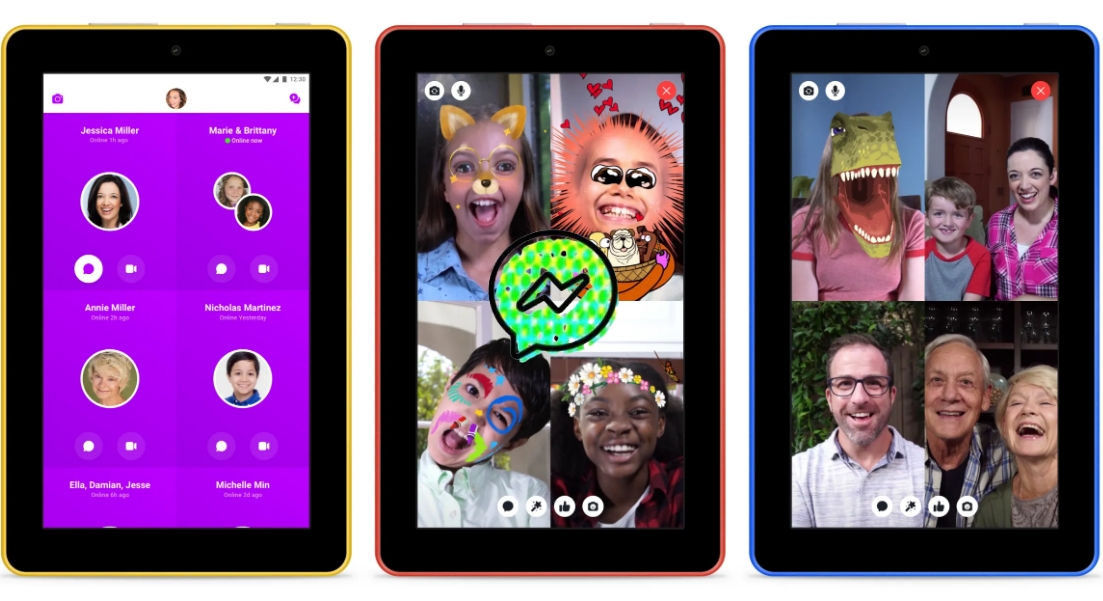
1, Tailored User Experience in Messenger Kids
Messenger Kids is specifically designed to cater to the user experience of younger children:
-
Child-Friendly Interface: The app features a colorful, playful, and visually appealing interface that captures the attention of children. The graphics, icons, and overall design are tailored to be engaging and fun for a younger audience.
-
Ease of Navigation: Understanding that its users are children, the app is built with simplicity in mind. The navigation is intuitive, with large buttons and straightforward menus, making it easy for children to use without constant adult supervision.
-
Engaging Elements: Messenger Kids includes various elements like playful stickers, filters, and drawing tools to enhance the messaging experience. These features are designed to be entertaining and interactive, encouraging creativity and expression.
-
Educational Content: The app often incorporates educational games and content, which not only entertain but also provide learning opportunities for children.
-
Safety-Oriented Features: With safety as a priority, the user experience is shaped around features that keep children protected online, such as restricted contact lists managed by parents and limited content sharing options.
2, User Experience in Standard Messaging Apps*
In contrast, standard messaging apps are generally designed for teenagers and adults:
-
Sophisticated Interface: The user interface in standard messaging apps tends to be more sophisticated. It includes a wider range of functionalities and settings that cater to a more mature audience.
-
Advanced Features: Features like group chats, file sharing, status updates, and various multimedia options are standard. These functionalities are more suited to the communication needs of teenagers and adults.
-
Privacy and Security Controls: While these apps often have robust privacy and security settings, they require users to actively manage these settings, which might be complex for younger children.
-
Professional and Social Networking: Many standard messaging apps are also used for professional and social networking purposes, which require a level of maturity and understanding about digital interactions that is more typical of older users.
-
Customization Options: These apps usually offer extensive customization options, such as themes, notification settings, and profile personalization, appealing to an audience that seeks a personalized digital experience.
The user experience in Messenger Kids is therefore markedly different from standard messaging apps, being uniquely tailored to suit the developmental stages, interests, and safety requirements of younger children, while standard apps cater to the more diverse and sophisticated needs of teenagers and adults.
Suitability and Recommendations for Different Age Groups
1, When is Messenger Kids the Right Choice?
Messenger Kids is most suitable in the following scenarios:
-
For Younger Children: Ideally for children under the age of 13 who are beginning to explore digital communication. The app provides a controlled environment that is both fun and safe for younger users.
-
Close Monitoring Needed: It is a good choice for parents who wish to closely monitor their child’s online activity. With features like contact approval and message monitoring, parents can ensure their child’s online interactions are safe.
-
Child-Friendly Interface: If a child needs an interface that is easy to navigate, colorful, and engaging, Messenger Kids is the right choice. Its simplicity and playful design are specifically tailored to younger users.
-
Safe Online Environment: For parents concerned about online safety, Messenger Kids offers a platform where the risk of exposure to inappropriate content is minimized.
2, Choosing Standard Messaging Apps for Older Children and Teenagers
Standard messaging apps may be more appropriate for older children and teenagers:
-
Increased Independence: As children grow older and become more responsible, they might require less parental supervision. Standard messaging apps offer greater independence in communication.
-
Advanced Features: Older children and teenagers might seek more sophisticated functionalities like group chats, story sharing, or file transfers, which are available in standard messaging apps.
-
Social and School Networking: For teenagers who use messaging apps for socializing or school projects, standard apps with broader functionalities can be more practical.
-
Digital Literacy and Safety Awareness: Teenagers with a good understanding of digital literacy and online safety may be ready to navigate the complexities of standard messaging apps.
Conclusion
Messenger Kids and standard messaging apps cater to different age groups and needs. While Messenger Kids is a great platform for younger children, providing a safe and supervised environment with a child-friendly interface, standard messaging apps are better suited for older children. and teens need less supervision and more advanced features. Parents should choose the appropriate app based on their child's age, maturity level and communication needs, always putting online safety and privacy first. Related blogs
(Note: Regardless of the platform chosen, it's important to prioritize your child's online safety and privacy and stay engaged with their digital interactions.)

